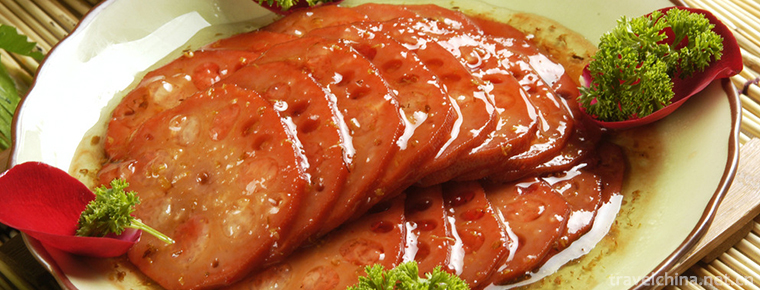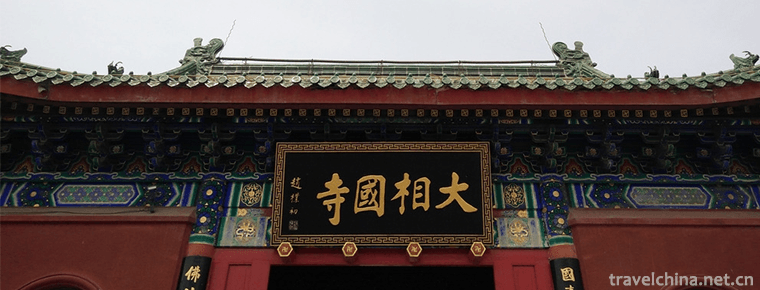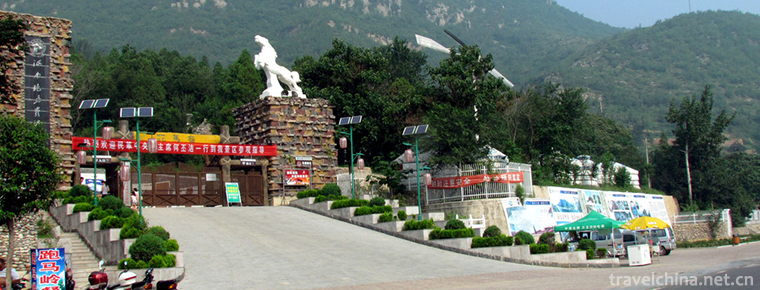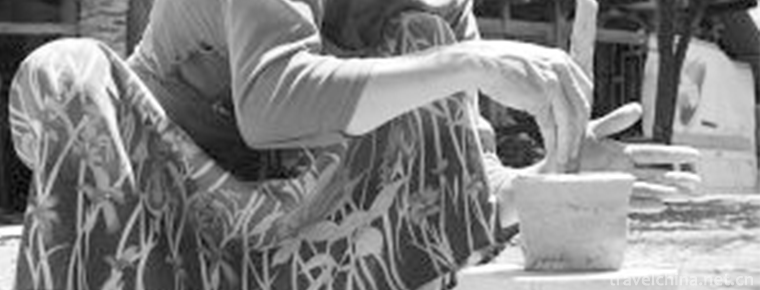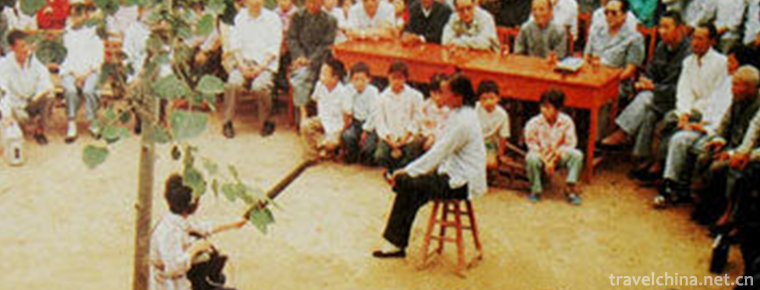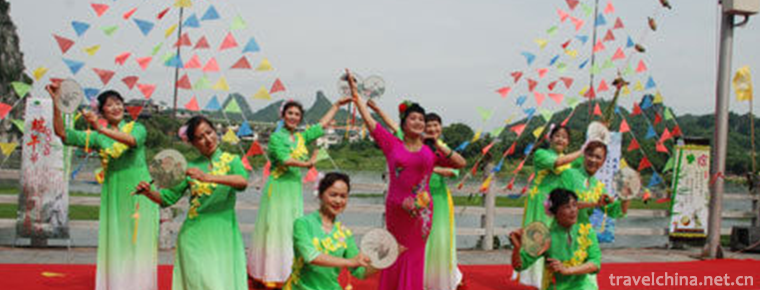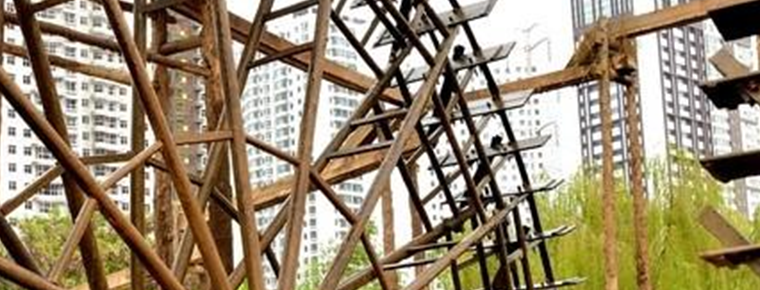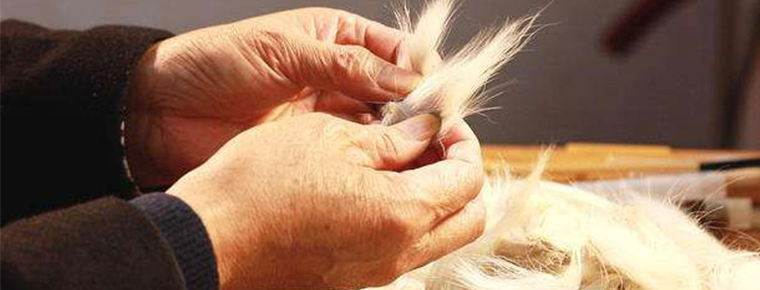Hanchuan good books
Hanchuan good books
Hanchuan Shanshu is a kind of traditional folk music which combines rap and singing in Hubei Province. Since the Qianlong period of the Qing Dynasty, it has a history of 260 years. It has been prevalent in Hubei Province, Kaifeng Henan Province, Leshan Sichuan Province and most of Hunan Province. So far, only the good calligraphers in Hanchuan City of Hubei Province have inherited and developed this kind of music. It is commonly known as preaching good books. Because artists often use "not to speak, tears full face" to start, so folk jokes call it "not to speak".
He Zouhuan, a well-known performance artist and national first-class actor, also believes that the local tone of Hanchuan Shanshu, which integrates the idea of persuading people to be good, has a strong epochal significance and needs to be further inherited and promoted.
On May 20, 2006, the opera was approved by the State Council and listed in the first batch of national intangible cultural heritage list.
Historical evolution
Good books are an important part of traditional folk literature. According to the analysis of the "storytelling figurines" unearthed from the ancient tomb of Tianrizhen, Sichuan Province, they sprouted in the Han Dynasty, and appeared in the Tang Dynasty with the same rhyme, parallel prose and "vulgar speaking" with both rap and singing. Since the Song and Yuan Dynasties, the types of rap and singing literature have been expanding day by day. In Yongle period of Ming Dynasty, there were "Qin Song Goodness Books" printed all over the world. In the Qing Dynasty, good books developed from desk literature to singing literature, and produced good calligraphy and folk art, which was popular in the eight banners of Zhili provinces, then declined in the north and flourished in the south. Besides Wuhan, Xiaogan, Jingzhou and Huanggang in Hubei, there were also artists engaged in such activities in Shanghai, Chongqing, Henan Kaifeng, Sichuan Wanxian, Hunan and Tianjin. After the founding of New China, the good books in the South gradually disappeared. Only the artists in Hanchuan, Caidian and Xiantao of Hubei inherited and developed this kind of music, and gradually formed the "good books in Hanchuan" centered on Hanchuan.
The reason why good books take root, blossom and bear fruit in Hanchuan is that in history Hanchuan was the convergence area of many rivers. From the Qing Dynasty to the Republic of China, nine subsidies were opened on both sides of the Xianghe River and returned to Hanshui. Water towns gradually became plains, and people gradually changed from fishing to farming. Life became more stable, and the demands for culture and education became increasingly urgent. During the Daoguang period, the official propaganda of the oracle was gradually replaced by the folk propaganda of filial piety to parents, harmonious families, friendly neighborhoods, rescue and emergency. At first, it was only preached around the Lantern Festival and the Chinese New Year Festival, and then gradually developed into regular activities. It could be preached in fields, streets and lanes, tea houses and restaurants, and was welcomed by villagers. Around 1936, from the countryside to Wuhan and other towns.
As a narrative style, Shanshu is not required to make up as dramas do, and its form is simple and easy to inherit, so Shanshu was quickly accepted, and developed into a kind of folk music in Hanchuan.
Inheritance status
It is mainly prevalent in Hanchuan, Hanyang and other counties in central Hubei, and in Wuchang and Hankou towns, of which Hanchuan County is the most prevalent. During the Anti-Japanese War, Hanchuan artists introduced it to Chongqing and Wanxian, Sichuan. Good books originated from the "propaganda oracle" in Shunzhi period of Qing Dynasty. The "propaganda of the oracle" is the story of propagating feudal ethics. In Guangxu's reign, "preaching the oracle" was replaced by "Ten Great Goods". It specifically put forward ten good deeds, such as filial piety to parents, harmony in the countryside, setting up righteousness, setting up a righteous ferry, offering tea and sympathizing with lonely and poor people. The map of Hubei advocated honesty and kindness, diligence and frugality, and opposed the evil of rapists and natural harm.
"Hanchuan Shanshu" has more than 300 excellent articles, and more than 100 articles are often preached. More than 300 people specialize in the creation of "Hanchuan Shanshu".
In the new century, influenced by the impact of foreign cultures and the rise of multi-cultures, as well as the death of some accomplished artists, few young people can make their own distinctions, and some excellent songs are on the verge of being lost. Hanchuan Shanshu encounters unprecedented difficulties in the current inheritance and development. Young artists are out of file, and the loss of tradition is serious, which urgently needs support and protection.
The state attaches great importance to the protection of intangible cultural heritage. On May 20, 2006, the opera was approved by the State Council and listed in the first batch of national intangible cultural heritage list.
Inheritance significance
Good book is a kind of folk music that combines rap and singing. Since the Qianlong period of the Qing Dynasty, it has a history of 260 years. It has been prevalent in Hubei, Henan, Sichuan and Hunan. Only the good calligraphers in Hanchuan inherited and developed this kind of music. The aria has a strong Jianghan Plain characteristics, and there are 13 remaining music cards. "Hanchuan Shanshu" has attracted wide attention from scholars at home and abroad.
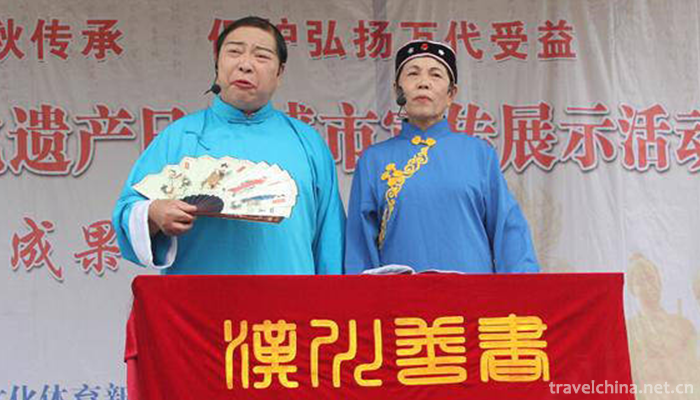
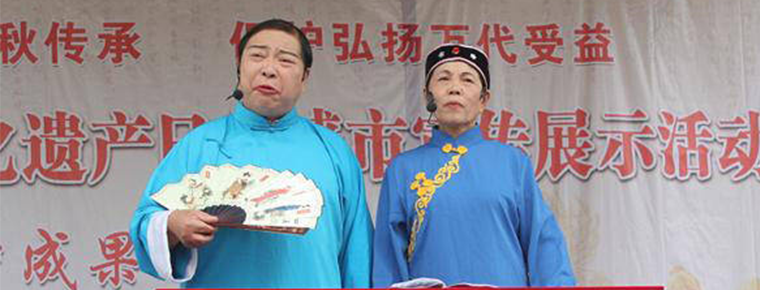
Hanchuan good books
-
Steamed Lotus Root Stuffed with Glutinous Rice
Osmanthus sweet-scented glutinous rice lotus root, also known as honey juice glutinous rice lotus root, is one of the characteristics of the traditional famous spots in the south of the Yangtze River.
Views: 203 Time 2018-10-27 -
Yin and yang
There are three characteristics of yin yang philosophy: unity, opposition and interaction. In thinking, it is an inseparable node of arithmetic and divination.
Views: 388 Time 2018-11-13 -
Sanyoudong Scenic Area
The Three Tours Cave Scenic Area is located outside Xiling Gorge, about 10 kilometers away from Yichang. There are two allusions to the name of Sanyou Cave. The Tang poets Bai Juyi, Bai Xingjian
Views: 147 Time 2018-12-19 -
The daxiangguo Temple
Daxiangguo Temple, formerly known as Jianguo Temple, is located in the western section of Kaifeng Freedom Road. It is a famous Buddhist temple in China. It was founded in Tianbao, Northern Qi Dynasty
Views: 232 Time 2019-01-07 -
Jinan Paomaling Tourist Area
Shandong Paomaling Scenic Area is located in the southeast of Jinan City, south of the famous mountain in China - Mount Tai, north of the cradle of the Chinese nation
Views: 151 Time 2019-01-21 -
Dais Slow Wheel Pottery Technology
Dai Slow-wheel pottery, the primitive traditional handicraft of Yunnan, is one of the national intangible cultural heritages.
Views: 127 Time 2019-04-24 -
Gengcun Folk Stories
Gengcun Folklore Gengcun Folklore, the traditional folk literature of Gaocheng City, Hebei Province, is one of the intangible cultural heritage at the national level.
Views: 153 Time 2019-05-01 -
Guangxi Wenchang
Wenchang in Guangxi is short for Wenchang, also known as Wenjuzi and Xiaoqu. It is the traditional Solfeggio art popular in the northern Guangxi Mandarin area, especially in Guilin
Views: 120 Time 2019-05-01 -
Making Skills of Filament Mosaic
Silk mosaic is one of the traditional handicraft techniques in China. Gold, silver and copper are drawn into silk, and various decorations such as jewelry and utensils are made by various techniques.
Views: 166 Time 2019-05-04 -
Making Techniques of Lanzhou Yellow River Waterwheel
Lanzhou Yellow River waterwheel production technology, Lanzhou City, Gansu Province, local traditional handicraft, one of the national intangible cultural heritage.
Views: 352 Time 2019-05-10 -
Brush making skills
Brush making skills, local folk traditional skills in Huangpu District of Shanghai and Jiangdu District of Yangzhou City of Jiangsu Province, one of the national intangible cultural heritage.
Views: 194 Time 2019-05-24 -
Guiyuanlin Zhangba Luzhou
Longan forest in Zhangba, Luzhou is a genetic Bank of Longan Germplasm in inland China. As the most concentrated longan plantation with a history of more than 100 years, it is as valuable as giant panda in zoology.
Views: 194 Time 2020-10-16
